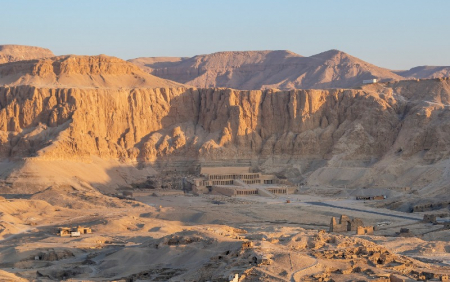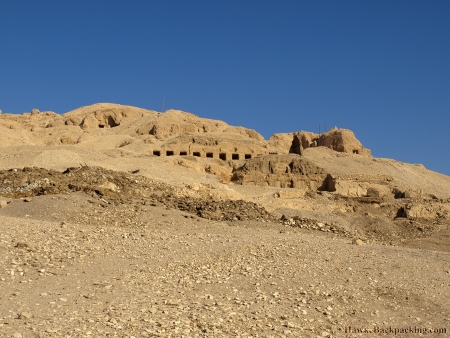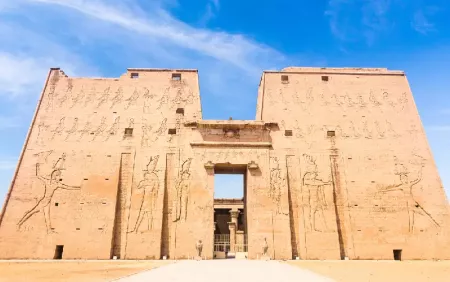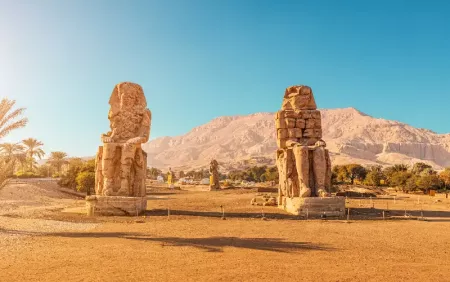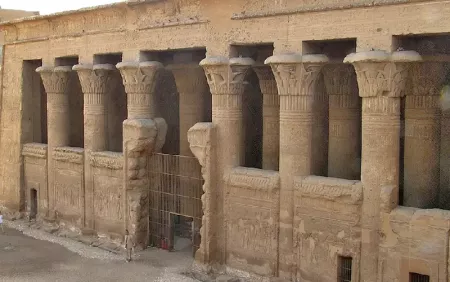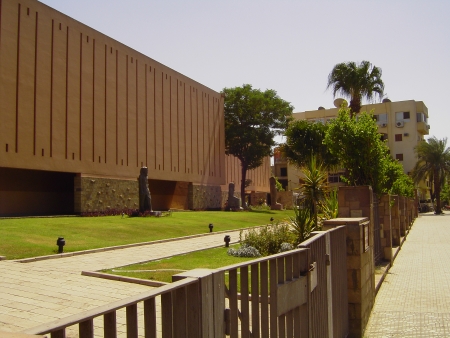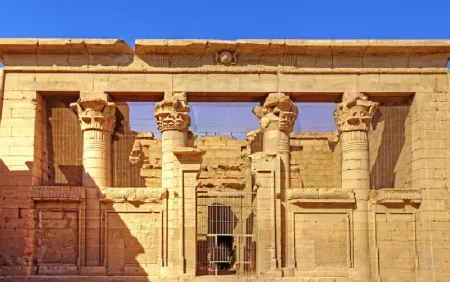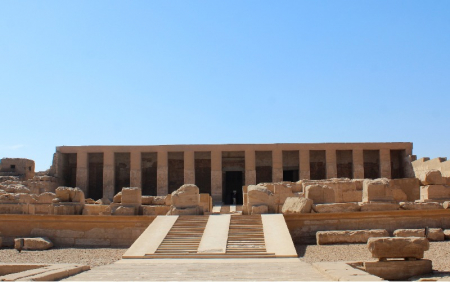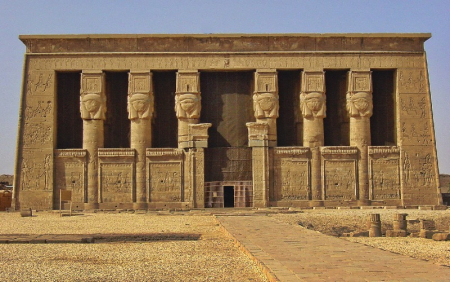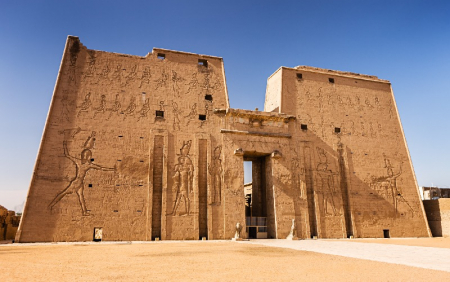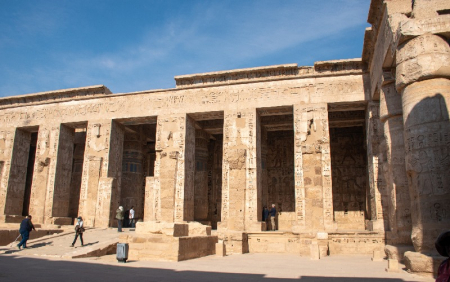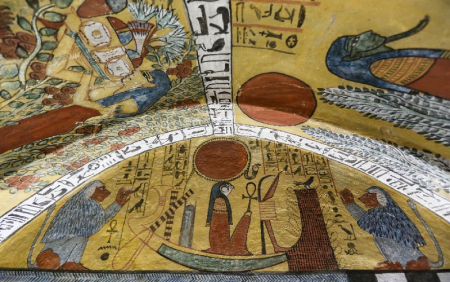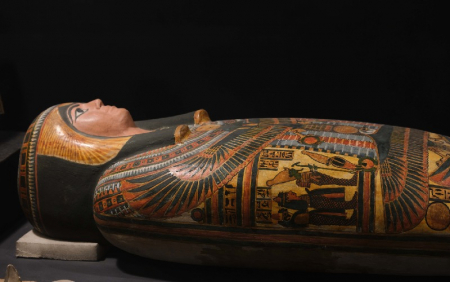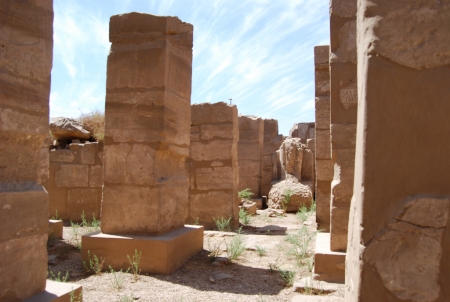Attractions In & Around Luxor
Known as the world’s largest ‘Open Air Museum’ for its sheer number of ancient sites and attractions within a small city, Luxor (which was the old Capital known as Thebes) has an extensive array of treasures ranging from the famous Valley of the Kings, where Howard Carter discovered the tomb of King Tutankhamun, hundreds of other Tombs, Karnak and Luxor Temples, the Temple of Queen Hatshepsut and Ramses Temple. Besides all of this are 2 Museums, balloon rides, Luxor city and Market and much more to explore
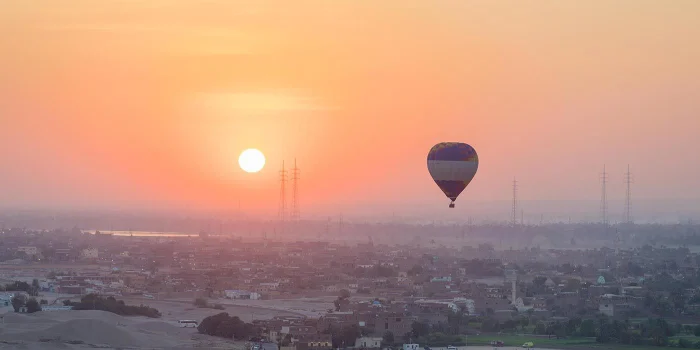
Luxor Temple, built by Amenhotep III and expanded by Ramses II, is a breathtaking New Kingdom monument dedicated to the renewal of kingship. Located on Luxor’s east bank, it stands as one of Egypt's most iconic sanctuaries, celebrated for its grand pylons, colossal statues, and deep religious significance.
Karnak Temple in Luxor is an iconic ancient Egyptian complex, showcasing grand architecture, rich history, and the spiritual and political legacy of Thebes across nearly 2,000 years of construction.
The Valley of the Kings is Egypt’s legendary royal necropolis, featuring 65 tombs of New Kingdom pharaohs, remarkable engineering, and world-famous discoveries like Tutankhamun’s burial.
The Karnak Sound and Light Show transforms the vast temple complex into a magical nighttime spectacle, combining illuminated monuments, music, and storytelling to bring ancient Egyptian history vividly to life.
Discover the Valley of the Queens in Luxor, Egypt, with royal tombs, stunning art, and UNESCO heritage significance.
Discover the Temple of the Female ruler of Egypt, Queen Hatshepsut at her mortuary temple whos halls are filled with stories of Hatshepsutes Life, accolades and death awaiting to be unravelled.
Explore the Valley of the Nobles in Luxor and learn how its 400+ tombs reveal vivid scenes of daily life and remarkable artistry from ancient Egypt’s New Kingdom.
Kom Ombo Temple—Egypt’s remarkable twin sanctuary honoring Sobek and Haroeris, famed for its perfect symmetry and sacred crocodile traditions.
Tutankhamun’s tomb revealed over 5,000 stunning treasures, from gold chariots to the iconic mask, reshaping our understanding of ancient Egypt after its discovery in 1922.
Journey into the heart of Dendera Temple Egypt, a site of legends, stars, and sacred art. Plan your cultural adventure today!
The Temple of Edfu, buried for centuries, is one of Egypt’s best-preserved temples—offering a vivid look into Ptolemaic religion, mythology, and architecture.
The Colossi of Memnon are 18-meter statues of Amenhotep III, once famed for their mysterious dawn “singing,” which captivated ancient visitors and inspired over a hundred inscriptions.
The Temple of Khnum at Esna, built from the Ptolemaic to Roman periods, features a stunning hypostyle hall with 24 ornate columns and reflects centuries of devotion to the creator god Khnum.
Luxor’s Mummification Museum offers an immersive look at ancient embalming methods, displaying tools, human and animal mummies, and the notable mummy of Masaharta.
Kalabsha Temple, built under Emperor Augustus, was rescued from rising Nile waters in the 1960s and relocated block by block to New Kalabsha Island. Today, it remains a key UNESCO-recognized Nubian monument.
Soar above Luxor at sunrise in a hot air balloon and witness ancient temples, the Nile, and royal necropolises from the sky. This unforgettable experience offers breathtaking views and a unique perspective on Egypt’s timeless heritage.
Explore the Temple of Hathor at Dendera, a remarkably preserved ancient Egyptian sanctuary dedicated to the goddess of love, music, and healing, renowned for its zodiac, vibrant reliefs, and astronomical ceilings.
Visit the Temple of Horus at Edfu, a remarkably preserved Ptolemaic temple showcasing ancient Egyptian rituals, art, and architecture.
Explore Medinet Habu, Ramesses III’s temple, where history, religion, and artistry come alive on Luxor’s West Bank.
Deir el-Medina was home to the elite artisans who built and decorated Egypt’s royal tombs. Discover their homes, work, religion, and extraordinary daily life.
The Mummification Museum in Luxor showcases ancient Egyptian embalming, mummies, and artifacts, including Masaharta’s preserved remains and mummified animals.
Learn about the history, location, and more of the Temple of Amenhotep III, one of Ancient Egypt's most fascinating monuments!
Frequently Asked Questions
Got questions? We’ve got answers. Find everything you need to know to plan your perfect trip.
A: Most travelers start from Sharm El Sheikh in the evening to climb Mount Sinai overnight, either by the steep Steps of Penitence or the gentler El Bashait route. Reaching the summit at sunrise offers unforgettable views. After descending, visitors often tour St. Catherine’s Monastery, one of the world’s oldest Christian monasteries, built on the site of the Biblical Burning Bush.
A: Visitors can explore rare religious art, ancient icons, and one of the world’s most important manuscript collections inside St. Catherine’s Monastery. The highlight is the Chapel of the Burning Bush, next to the legendary Rubus Sanctus plant, believed to be where Moses encountered God.
A: St. Catherine’s National Park is a biodiversity hotspot, home to rare animals like the Sinai Rosefinch, Ibex, wolves, striped hyenas, and unique plants such as the Sinai primrose. Thoughtful conservation ensures visitors can explore this natural wonder without harming its delicate ecosystem.
A: Safaga is 53 km south of Hurghada along the Red Sea coast. It is known for pristine beaches, calm waters, bungalows, resorts, and a peaceful environment.
A: Visit ancient and religious sites early in the day when it’s cooler, and explore museums and indoor attractions later in the day.
A: Cairo, Luxor, and Sharm El-Sheikh are ideal for families. Must-see attractions include the Pyramids of Giza, Karnak Temple, Nile felucca rides, the Alexandria Library, and the White Desert, offering history, adventure, and interactive experiences for children of all ages.
Egypt has over 30 protected areas, including several officially recognized national parks such as Ras Mohammed, Wadi El Gemal, and White Desert.
Discover More About Egypt
Explore unique stories, insider tips, and must-see spots to make the most of your visit.

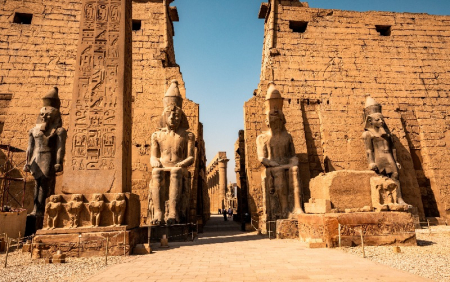
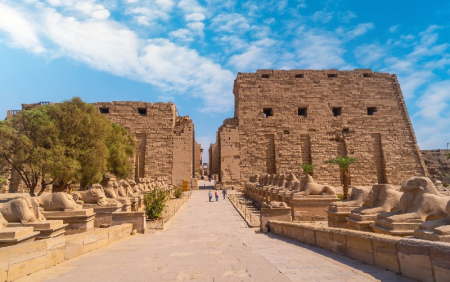
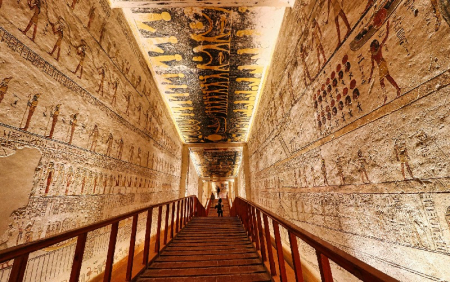
.jpg)
